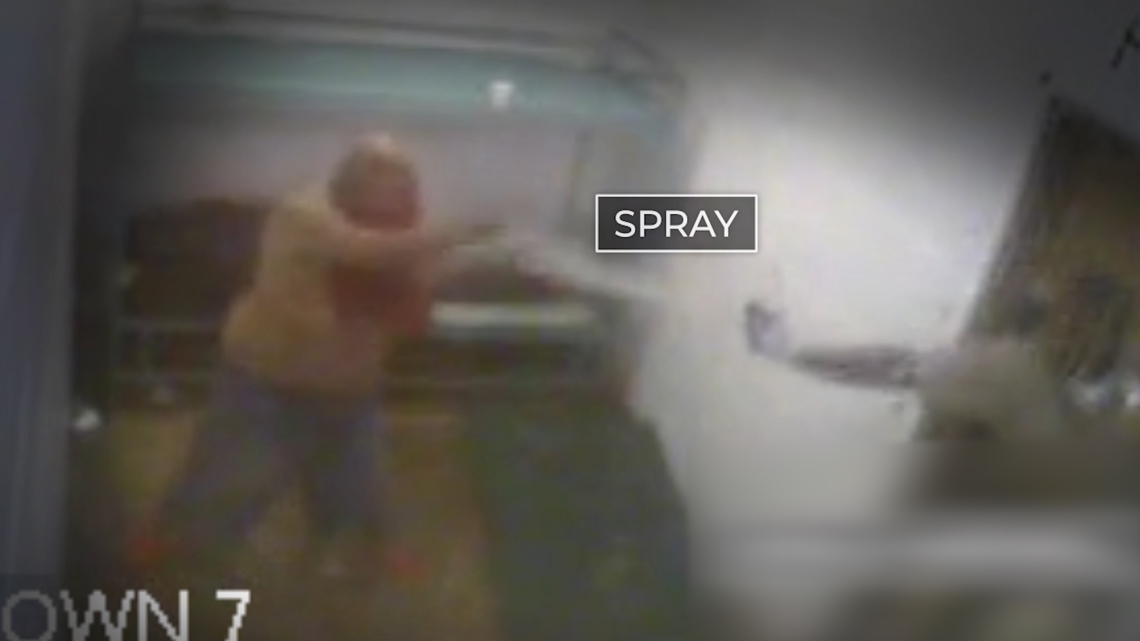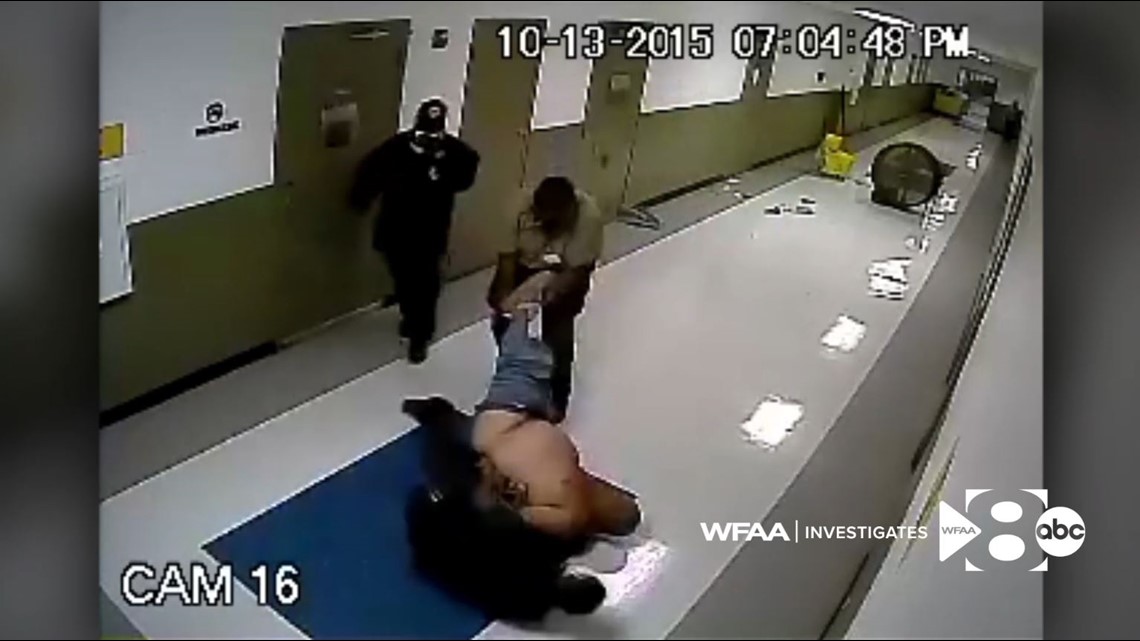A jury has ordered LaSalle Corrections, one of the nation’s largest private jail operators, to pay $42.75 million in death of Louisiana man.
MONROE, La. — A federal jury has awarded $42.75 million to the family of a Louisiana man who died behind bars at a jail operated by LaSalle Corrections.
The case involves Erie Moorel Sr., a 57-year-old man who died a decade ago while being held at Richwood Correctional Center, a Monroe, La., facility run by LaSalle. WFAA first detailed his story in 2020 as part of its Jailed to Death series, which examined deaths inside jails operated by LaSalle Corrections.
In its verdict, the jury found the negligence of the company and its guards led to Moore’s death. The jury awarded $1.5 million for pain and suffering, $6 million to each of his three adult children for wrongful death, and $23.25 million in punitive damages.
“They just treated my father like he wasn’t a human being,” said his son, Erie Moore Jr., a North Texas resident. “He suffered the entire time he was there.”


It was a long fight for Moore’s children. The case had stalled after a series of lower court rulings in favor of LaSalle and the city of Monroe. Initially, Shreveport attorney Nelson Cameron represented the family. Later, Public Justice, a nonprofit advocacy group, took on the case after seeing WFAA’s story about Moore. Three years ago, a federal appeals court revived the lawsuit, clearing the way for this month’s trial. Two California trial lawyers, Max Schoening and Omar Qureshi, tried the case.
“This case is about the systematic failures on the part of LaSalle to ensure any oversight for how their guards were trained and treated people inside the jails—prioritizing profit over safety and the rights of detainees,” Schoening told WFAA.
In 2015, Moore, a retired mill worker, had been arrested in Monroe for disturbing the peace — a misdemeanor. He had no criminal history and was suffering a mental breakdown when he was taken to the jail.
“The jury saw the atrocious conduct by guards at the jail against Mr. Moore,” Schoening said.
Jurors saw jail surveillance videos showing guards repeatedly pepper-spraying him, hitting him in the head, knocking him to the ground and dropping him to the floor.
“The guards body-slammed Mr. Moore headfirst to the ground,” Schoening said.


Guards placed Moore in an isolation cell monitored by video cameras in the central control room, according to the family’s lawsuit. Initially, he was in there by himself. Depositions and investigative interviews show that guards knew Moore was having psychiatric problems.
But instead of following procedure and getting him a mental evaluation, records show a lieutenant on duty ordered guards to put another prisoner, Vernon White, in the cell with Moore.
Jail videos show White, who was in jail on misdemeanor warrants, had just gotten into a fight with another inmate and had been body-slammed to the ground. Surveillance footage showed White had already suffered two seizures and received no medical treatment. The videos also show a jail lieutenant and an assistant warden dragging White across the floor by one foot.
On surveillance video, Moore paced around the cell, yelling and talking to White. Moore pulled back his fist as if to hit him, attacking White and pushing him into a corner of the cell not visible on camera.
Surveillance footage later showed guards removing White from the cell. He died from head and neck injuries, his autopsy shows. LaSalle sought to blame Moore for White’s injuries, but the family’s attorneys said they were able to show that White had already suffered life-threatening injuries before being placed in the cell.
“The way that they misrepresent that to just label him a killer due to their negligence, it was almost like reliving it again,” Moore’s son said. “My father’s not a killer. That’s not him. He needed help.”
The jail surveillance videos show two guards picked Moore up by the restraints and carried him a few feet when one slipped and dropped Moore on his head.
“He clearly couldn’t get up because he had been body-slammed,” Schoening said. “He was lying there motionless on the ground.”
Jailers picked Moore up and carried him to a room known as the “four-way,” which had no video cameras. He remained there for an hour and a half, according to investigative records.
“They took him there to question him and interrogate him, and there was testimony that the whole reason they brought him there was because the assistant warden was on the way to question him,” Schoening said. “Inside the four-way, they continued to use excessive force against him.”
The jury found that the use of the “four-way” violated Moore’s rights and that it was a “custom or practice” to use the four-way and chemical spray to punish detainees.
“Within 36 hours of arriving at the LaSalle facility, Mr. Moore was being carried out, blood was filling his skull,” Schoening said. “He had suffered a traumatic brain injury in the jail, and he would never wake up again.”
Moore’s daughter, Tamara Green, who lives in North Texas, said it’s been a long, hard road, but she knows her father would be proud they fought.
“Whether it was been 10 years, 20 years, we were still going to follow through with it,” she said.
After the verdict, Erie Moore Jr. bought flowers and visited his father’s grave for the first time in 10 years.
“We know he’s at peace… We fought to the end,” he said. “We stuck together as he would have wanted us to do.”
Attorneys for LaSalle Corrections have not yet responded to a request for comment. The company still operates the Richwood Correctional Center, where it houses immigration detainees under federal contract. LaSalle continues to run seven jails and detention facilities in Texas, including the Parker County Jail in Weatherford.

